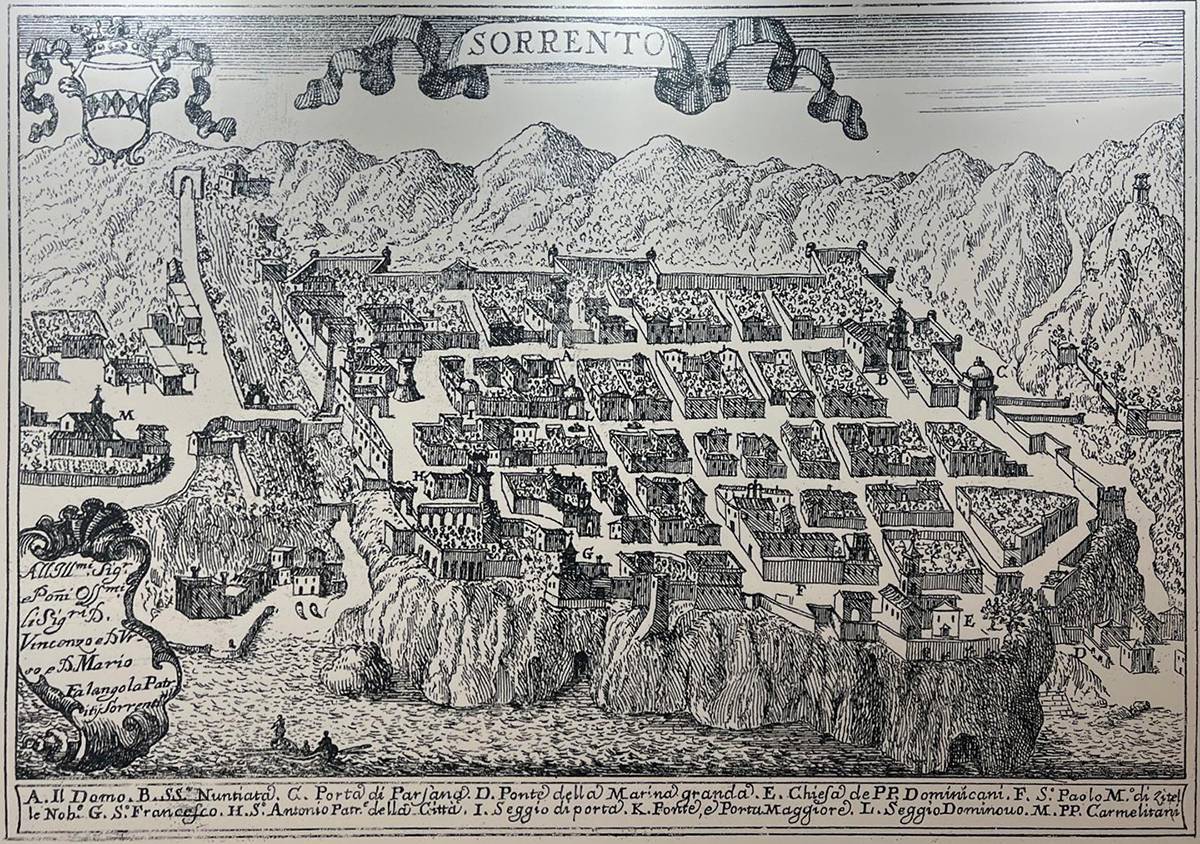From the late 18th century onward, Sorrento established itself as one of the most favored stops on the Grand Tour, the cultural journey through Italy that attracted members of the international elite and European royal families. This itinerary, cherished by artists, intellectuals, and aristocrats, celebrated the beauty of Italy, and Sorrento, with its unique landscape and timeless charm, became a symbol of inspiration and relaxation.
Many distinguished travelers fell in love with Sorrento, so much so that they decided to settle along its enchanting coastline. The Englishman William Waldorf Astor purchased the villa of Baron Labonia, located above the village of Marina Grande, while the American novelist Francis Marion Crawford made another villa his home. The residence that once served as a retreat for Leopold of Bourbon, Count of Syracuse, became, in 1885, the property of Prince Konstantin Kochubey, a cousin of Tsar Nicholas II. But Sorrento was not only a place to stay; it became a muse for many. Henrik Ibsen wrote his masterpiece “Ghosts” here, while Paul Heyse found the creative spark for his novellas, including “La Rabbiata,” in this land. Others, like Jean-Jacques Bouchard, celebrated the city in their travelogues. In his “Voyage dans le Royaume de Naples” (1632), Bouchard described Sorrento as “the most delightful spot in the Crater.”Sorrento’s fame spread through numerous literary works and travel guides, often accompanied by beautiful illustrations. Works such as “Travels in the Two Sicilies” by Henry Swinburne and “Souvenirs du Golfe de Naples” by Lancelot-Théodore Turpin de Crissé extolled its beauty. Even Friedrich Nietzsche, in his “Letters from Sorrento,” narrated his deep connection to the city. This flow of cultured and wealthy visitors found in Sorrento a unique hospitality, with mansions, convents, and palaces of the local aristocracy converted into accommodations ready to host travelers for extended stays. To honor this tradition, Muta House has dedicated six rooms to renowned figures who stayed in Sorrento during the Grand Tour: Charles Dickens, the English novelist; Alexandre Dumas, the French author; Maria Alexandrovna, wife of Tsar Alexander II of Russia; Queen Wilhelmina of the Netherlands, a modern monarch and art lover; Friedrich Nietzsche, the German philosopher; and Henrik Ibsen, the celebrated Norwegian playwright.

